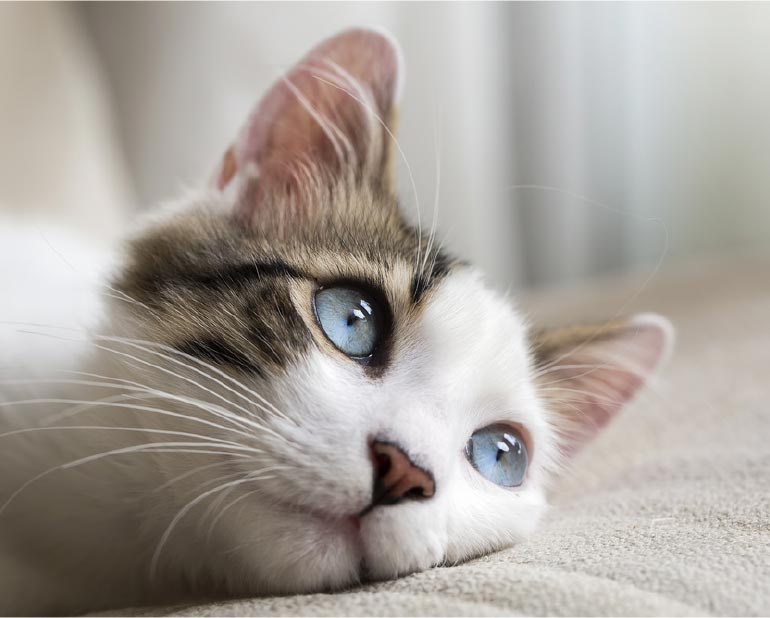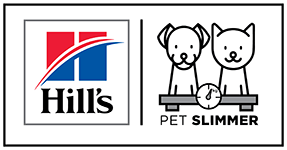
Use the Body Condition Score tool to help determine your pet's level of risk of obesity.
Choose species
Some broader, more muscular breeds can hide excess weight fairly easily. So if your pet does not have an ideal body condition or if you are unsure, we strongly advise you set up an appointment with a Hill’s Pet Slimmer participating practice. They will make an accurate weight assessment and offer you the best advice to help your pet to reach their ideal weight.
The following factors that can lead to weight gain:
- Activity level: Weight gain often occurs when dogs and cats eat too many calories and don’t exercise enough.
- Age: Older pets are usually less active and need fewer calories.
- Neutering: While it’s the responsible thing to do, the procedure alters pets’ metabolism, making them prone to weight gain.
- Breed: Some breeds are more likely to gain weight, including Labradors, Rottweilers, Beagles, Spaniels, Dachshunds, Pugs, Persians, British Shorthairs and mixed-breed cats.


Share this awesome site to spread the awareness of pet obesity